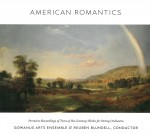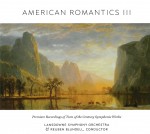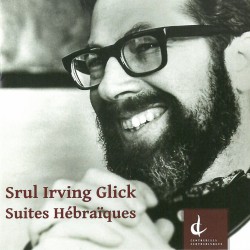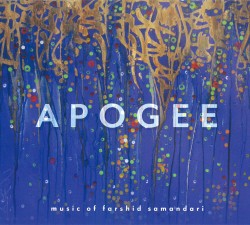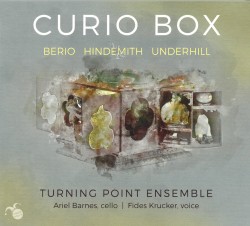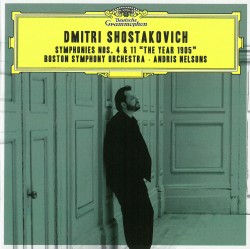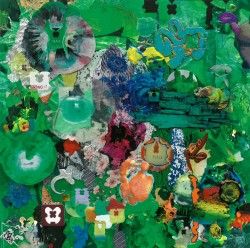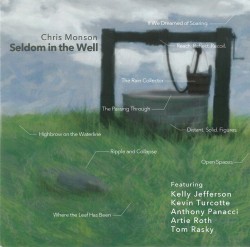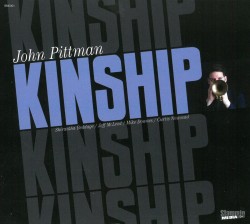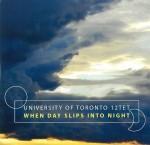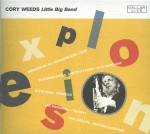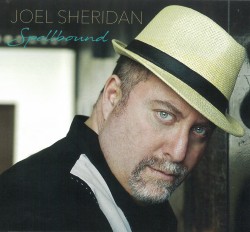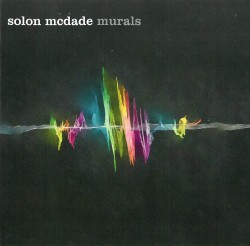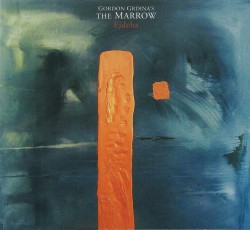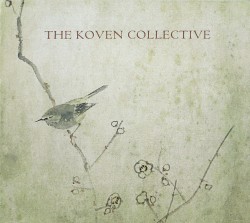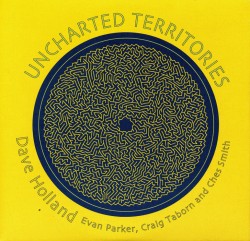Bartók & Kodály: Concertos for Orchestra - Rundfunk-Sinfonieorchester Berlin; Jakub Hrůša
 Bartók & Kodály – Concertos for Orchestra
Bartók & Kodály – Concertos for Orchestra
Rundfunk-Sinfonieorchester Berlin; Jakub Hrůša
Pentatone PTC 5186 626 (pentatonemusic.com)
Two works of the same title and genre by the two most important composers of 20th-century Hungary, yet as different as can be. Bartók is a genius and now is being fully appreciated. He successfully achieved a synthesis of modern trends between tonal and atonal music, consonance and dissonance, infusing both with inspiration from mid-century turmoil and anguish. Kodály is in no way close to this level though highly skilled, very competent and dedicated to Hungarian folk music, suffusing it with his own considerable melodic richness and compositional skill and also achieving international fame.
Kodály’s Concerto (1940) has only recently come to widespread worldwide attention with some worthy new recordings. It combines contrapuntal fireworks of Baroque architecture with a high-stepping Hungarian folk dance, alternating fast and slow movements, all with a jaunty good forward momentum and an increasing complexity. It is also highly entertaining, and young, dynamic Polish conductor Jakub Hrůša makes the most of it with his energetic, brisk tempi and natural affinity for Eastern European music. This performance will make many converts to the piece.
But the ultimate appeal for this new Pentatone issue (famous for recording excellence today) is this atmospheric, beautifully detailed, thoroughly convincing and passionate performance of the Bartók Concerto (1943). Hrůša sure has what it takes and reminds me of the great Georg Solti in his prime, but with an even more virtuosic orchestra and superior recording technology. Bartók was a very sick man in America when he wrote this amazing work, but just listen to the incredible energy of the rustling strings, the bold utterances on the brass and the vitality of superhuman energy outpouring in the last movement. An unshaken faith for a better world and unconquerable humanity.


